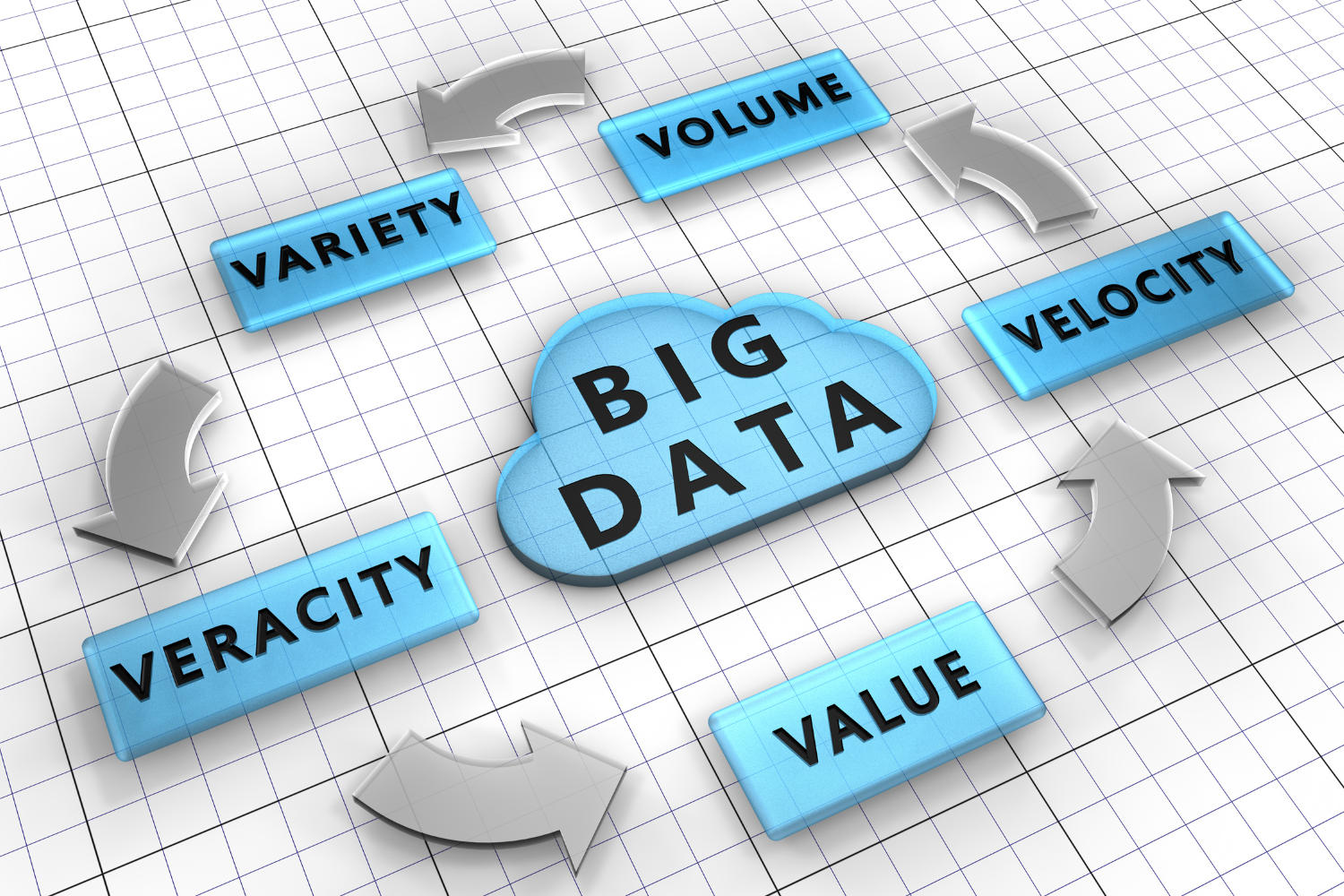
BIG DATA
Big data is like a giant puzzle made up of many pieces of information. Imagine you have a huge box loaded with puzzle pieces, each representing a tiny bit of data. Now, these pieces can be anything from numbers to words to pictures, and there are millions and billions of them! This huge amount of data is what we call big data.
Now, why is big data so important? Well, think about in this way: if you’re working to solve a puzzle, the more pieces you have, the clearer the picture becomes. Similarly, with big data, the more information we have, the better decisions we can make. Businesses can learn about their customer’s preferences, doctors can determine and deter diseases, and even cities can plan better transportation routes—all by analyzing this vast amount of data.
But big data isn’t just about having lots of information; it’s also about how fast we can get it and how different it can be. Imagine if puzzle pieces were continuously raining down, and some were square, some were round, and some were even shaped like animals! That’s the velocity and variety of big data. It’s not just coming in speedly; it’s also coming in all shapes and sizes.
To make sense of all this data chaos, we use special tools and techniques. Just like you might sort your puzzle pieces by color or edge shape, we use algorithms and software to arrange and evaluate big data. These tools help us find patterns, trends, and insights hidden within the data that we might otherwise miss.
Big data is everywhere, from the apps on your phone collecting information about your preferences to the sensors in smart cities tracking traffic patterns. It’s innovating how we understand the world and make decisions. And as technology continues to advance, our ability to harness the power of big data will only grow, opening up new possibilities and opportunities for revolution.

In addition to its widespread applications, big data also presents challenges, such as privacy concerns and the need for robust data security measures. With so much sensitive information being assembled and reviewed, there’s a growing emphasis on protecting individuals’ privacy rights and ensuring that data is handled responsibly. Moreover, the sheer volume and complexity of big data require skilled professionals who can interpret and manage it effectively. As the field of big data continues to evolve, addressing these challenges will be necessary to maximizing its potential benefits while minimizing risks.

